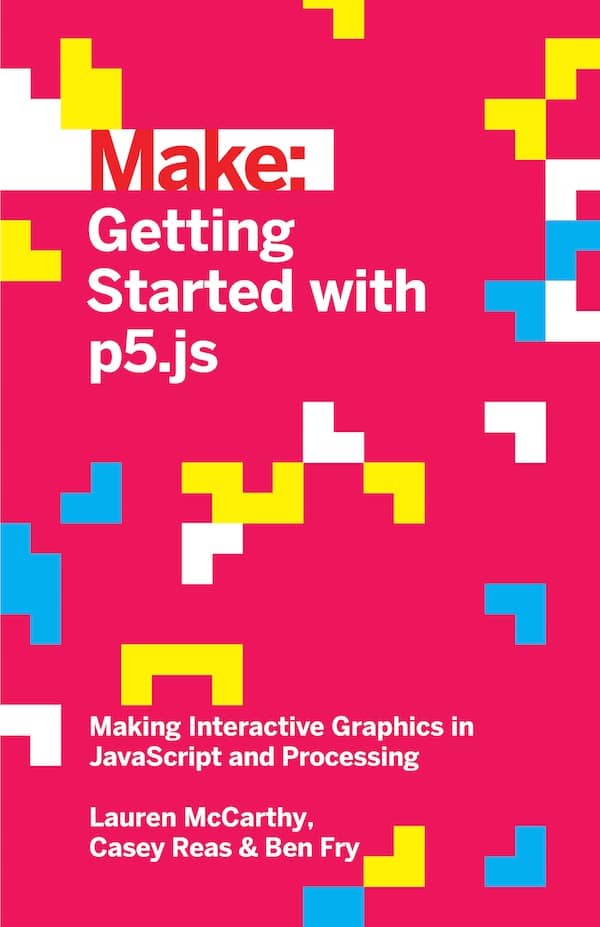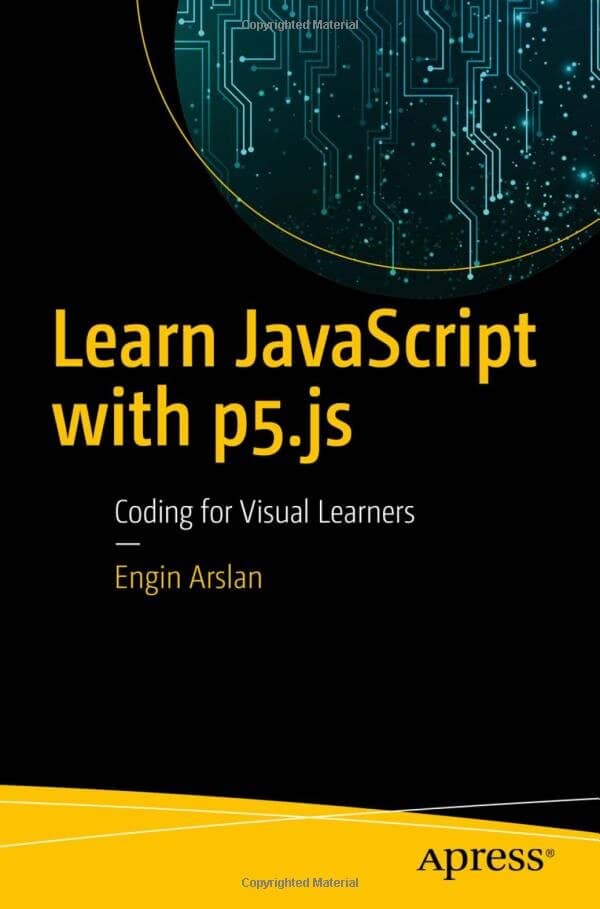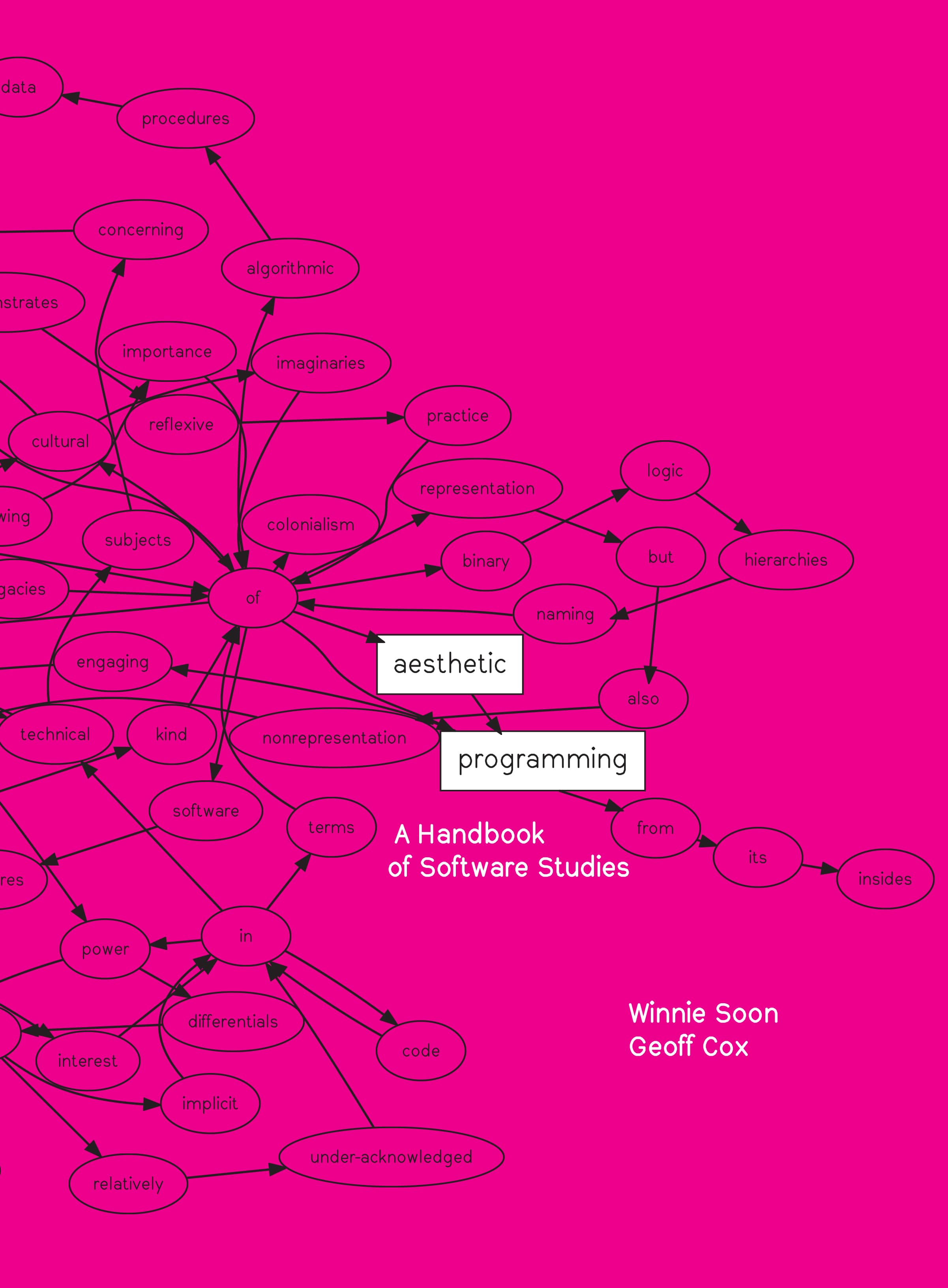Books

Getting Started with p5.js
Lauren McCarthy, Casey Reas, and Ben Fry. Illustrations by Taeyoon Choi.
Published October 2015, Maker Media. 246 pages. Paperback.
Written by the lead p5.js developer and the founders of Processing, this book provides an introduction to the creative possibilities of today's Web, using JavaScript and HTML.

Introduction to p5.js (Spanish Edition)
Lauren McCarthy, Casey Reas, and Ben Fry. Translated by Aarón Montoya-Moraga. Ilustraciones de Taeyoon Choi.
Published 2018, Processing Foundation, Inc. 246 pages. Soft cover.
Written by the lead p5.js developer and the founders of Processing, this book provides an introduction to the creative possibilities of today's Web, using JavaScript and HTML.

Generative Design
Benedikt Gross, Hartmut Bohnacker, Julia Laub and Claudius Lazzeroni.
Published October 30, 2018, Princeton Architectural Press; Reprint edition. 255 pages. Paperback.
By using simple languages such as JavaScript in p5.js, artists and makers can create everything from interactive typography and textiles to 3D-printed furniture to complex and elegant infographics.

Generative Gestaltung (German Edition)
Benedikt Gross, Hartmut Bohnacker, Julia Laub and Claudius Lazzeroni.
Published March 1, 2018, Schmidt Hermann Verlag. 256 pages. Hardcover.
By using simple languages such as JavaScript in p5.js, artists and makers can create everything from interactive typography and textiles to 3D-printed furniture to complex and elegant infographics.

Learn JavaScript with p5.js
Engin Arslan.
Published 2018, Apress. 217 pages. Paperback.
Learn coding from scratch in a highly engaging and visual manner using the vastly popular JavaScript with the programming library p5.js. The skills you will acquire from this book are highly transferable to a myriad of industries and can be used towards building web applications, programmable robots, or generative art.

Aesthetic Programming: A Handbook of Software Studies
Winnie Soon, Geoff Cox.
Published 2020, Open Humanities Press. 298 pages. Hardcover.
Using p5.js, this book introduces and demonstrates the reflexive practice of aesthetic programming, engaging with learning to program as a way to understand and question existing technological objects and paradigms, and to explore the potential for reprogramming wider eco-socio-technical systems.
